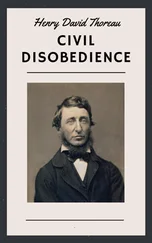MY JOURNEY TO THE Jungebluth Audiology Clinic was more than just a short trip in an electric Smart Car, though on the most mundane level that is what I thought it was going to be. We allowed each other a number of “philosospasms” per year; these were episodes of obsessive/compulsive behavior, often involving sexual affairs with students, or periods of deep, intricate despair, or occasionally intense political adventures which made us very vulnerable to the media and the public and caused us great discomfort. But our agreement was that we would support each other during these spasms, and would treat that momentary reality as though it were the only true reality, which, of course, in so doing, it was. And so I trundled along the Périphérique, searching for the off-ramp to the Rue de Vaugirard, Porte de Vanves, which would take me to the Jungebluth Clinic, and soon, there I was, in the sleek, technichrome waiting room with my audiology records being studied by a very serious Sciences Po student who was working in the office part-time and pretended not to know who I was.
My initial foray into the world of hearing instruments spilled me out into a dismal series of suicide-inducing offices located in seniors’ homes or clandestine impromptu workshops in basement apartments which resembled discount do-it-yourself furniture outlets. Though the technology was often sophisticated, the retailing was sleazy and amateurish. And every time you came back to plug your ears into the aud’s computer, it was a different aud, and often a different program in the computer. The audiologists, in my experience, were all women, or rather, in most cases, girls, and girls who were not very comfortable with intense and demanding old men like me. They wanted to condescend, to help you insert your in-the-canal receiver with your trembling, gnarled, insensitive fingers; they wanted to simplify the technology of the devices (which were created by vast electronics industries incorporating computing power six thousand times that which launched the Apollo 11 moon shot) and hide from you the six separate programs that you could shape in infinitely variable ways, leaving you just a button that switched the things on and off. They did not want to confuse you.
It was only when I stumbled across Elke at Romme Vertegaal’s insistence that I felt that the world of sound could flower for me in a serious, exciting way after years of muted, dulled, oblivious non-interactions. And now here we were again in Vanves, in consultation, which for her was a commitment involving the intertwining of two lives in a creative project of substantial magnitude.
Elke was the homely daughter of two German psychoanalysts from Cologne, her father a Freudian, her mother a Jungian, both hearing impaired. Her older brother was a musicologist who specialized in Elizabethan dance and had moved to Boston to teach at the New England Conservatory of Music; he was also hearing impaired. We see here, then, what Freud would have called a neat cathexis ultimately generating the Jungebluth phenomenon. As the only normal-hearing member of the family, and the youngest, Elke absorbed responsibility for the entire familial soundscape; to shape and enhance the aural world for them, and then for everyone she could reach, soon became the focus of her life. Though it’s obvious that a psychoanalyst must be able to hear to function professionally, and a musicologist must as well, Elke found herself dealing with the familiar problems of denial of impairment, as she put it, her brother even going so far as to ask her to listen to recordings that he himself could barely hear, urging her to fill in the aural details with her descriptions. At times, her parents would surreptitiously record sessions of analysis with their patients and then play them for Elke, asking her to transcribe what was said and to offer comments on the nuances of the patients’ modes of expression. Thus there was an immense life pressure placed on Elke as well as an intense sense of duty and responsibility, a potent and not uncommon mixture. And I was the beneficiary of it all.
As always, we sat in Elke’s rigorously sleek consulting room. I’ve said she was homely, and she was: an impossibly thin and long face; dull, opaque, muddy-brown eyes of noticeably different sizes; lank and unhealthy-looking hair which was graying prematurely in awkward patches; protruding, comically alert ears; a dumpy, uncertainly shaped body which seemed to constantly be causing her distress of some indeterminate kind. But it was an intellectual homeliness, by which I mean her physical presence asked you to discount it and concentrate instead on her penetrating and holistic intelligence, on the immediate and effortless gestalt she created which enveloped you and nourished and even exhilarated you. The subject was Romme Vertegaal.
“Can you talk to me about him?” I said. “He referred me to you. Does physician-patient privilege operate in audiology? I know that audiologists are not physicians…”
“Listen to the crickets,” she said, nodding sagely as she spoke, understanding everything.
“Listen to the what? To the crickets? You mean the insects?” I had immediately thought of Buddy Holly and the Crickets (once even named the Chirping Crickets) and the wonderful naïve music of my youth—“That’ll Be the Day,” “Oh, Boy!” “Not Fade Away,” “Maybe Baby”—which seemed at that time to flow seamlessly into my studies in Hegel, in Heidegger, in Kant, in Schopenhauer, informing them and infusing them with contemporary sexuality and emotional relevance. My head started to fill with that music, such potent wrappers for the emotions of my youth and the attendant wave of the passage of time, of mortality, that I had a pathetic and juvenile need to confirm that she was not referring to the band, knowing all the while that she could not be.
Imagine, then, my confusion when Elke lifted herself with cheerfully endured suffering out of her Aeron chair—the contortions of her body conveyed in detail through the austere fabric of her tightly tailored Jungebluth Clinic coat—crossed the room to crouch down before a low-slung stainless-steel cabinet, slid open its opaque glass door, and returned to me with a record album of the classic vinyl format in her hand. Had she in fact been referring to the Crickets, and was this an obscure rendering of one of their original albums? The title Listen to the Crickets unraveled on the cardboard sleeve in a loose, artisanal handwritten font in white across a dark-blue background. Below the title was a high-contrast black-and-white portrait of a middle-aged man with glasses who was not Buddy Holly but was Romme Vertegaal. Below the portrait were letter characters stacked into syllabic blocks which I could just recognize as Hangul, or Korean script. Was it simply the album’s title translated into Korean? You can imagine my shock at seeing the image of Romme connected in any way with Korean words, not to mention insects. My avowed project—undeniably condescending at its core, but induced by forty years of love and intellectual intertwining with Célestine—of forcing reality into Célestine’s absurd Judicious / Korean fantasy of the kidnapped Romme Vertegaal, was now shriveled into irrelevance by this unexpected validation—at least in part—of what anyone would have assumed was a pathological chimera.
“That’s Romme” was all I could bring myself to say.
“Yes,” said Elke. “Isn’t it stunning?”
“I’m not sure. Are those Korean letters?”
Elke sat back heavily in her chair, carefully cradling the album on her lap but thoughtfully tilting it towards me so that I could revel in its splendor. It now caught the overhead light in a way that revealed its artful metallic treatment of the subtle shadows of the cover art, which I had not at first noticed. What I had thought was a solid dark blue was now a field of blue-green grass: we were down in the grass with the crickets.
Читать дальше
Конец ознакомительного отрывка
Купить книгу
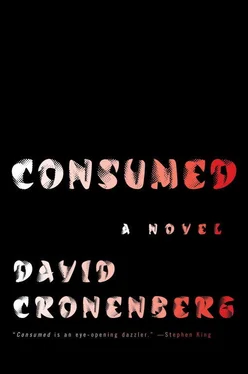
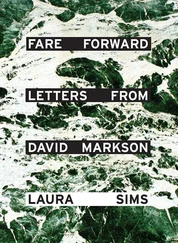
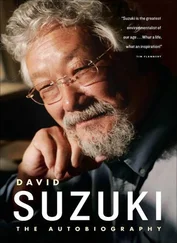
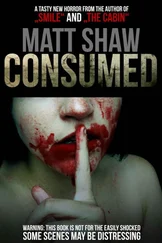


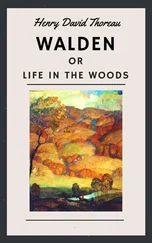
![David Jagusson - Fesselspiele mit Meister David [Hardcore BDSM]](/books/486693/david-jagusson-fesselspiele-mit-meister-david-har-thumb.webp)
